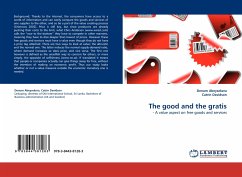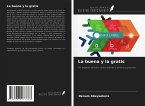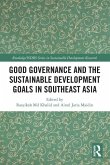Background: Thanks to the Internet, the consumers have access to a world of information and can easily compare the goods and services of one supplier to the other, and so be a part of the value creating process (Grönroos 2002). Price is still key, but since producers are already pushing their costs to the limit, what Chris Anderson (www.wired.com) calls the ¿race to the bottom¿ they have to compete in other manners, meaning they have to dive deeper than lowest of prices. However these free goods and services must have a value even though they do not have a price tag attached. There are two ways to look at value; the altruistic and the normal one. The latter induces the normal supply-demand ratio, where demand increases so does price, and vice versa. The first one however is defined as the unselfish way to concern for others, or more simply, the opposite of selfishness (www.ne.se). If translated it means that people or companies actually can give things away for free, without the intention of making an economic profit. Thus our study looks whether or not a value measure outside the economic monetary one is needed.
Hinweis: Dieser Artikel kann nur an eine deutsche Lieferadresse ausgeliefert werden.
Hinweis: Dieser Artikel kann nur an eine deutsche Lieferadresse ausgeliefert werden.








